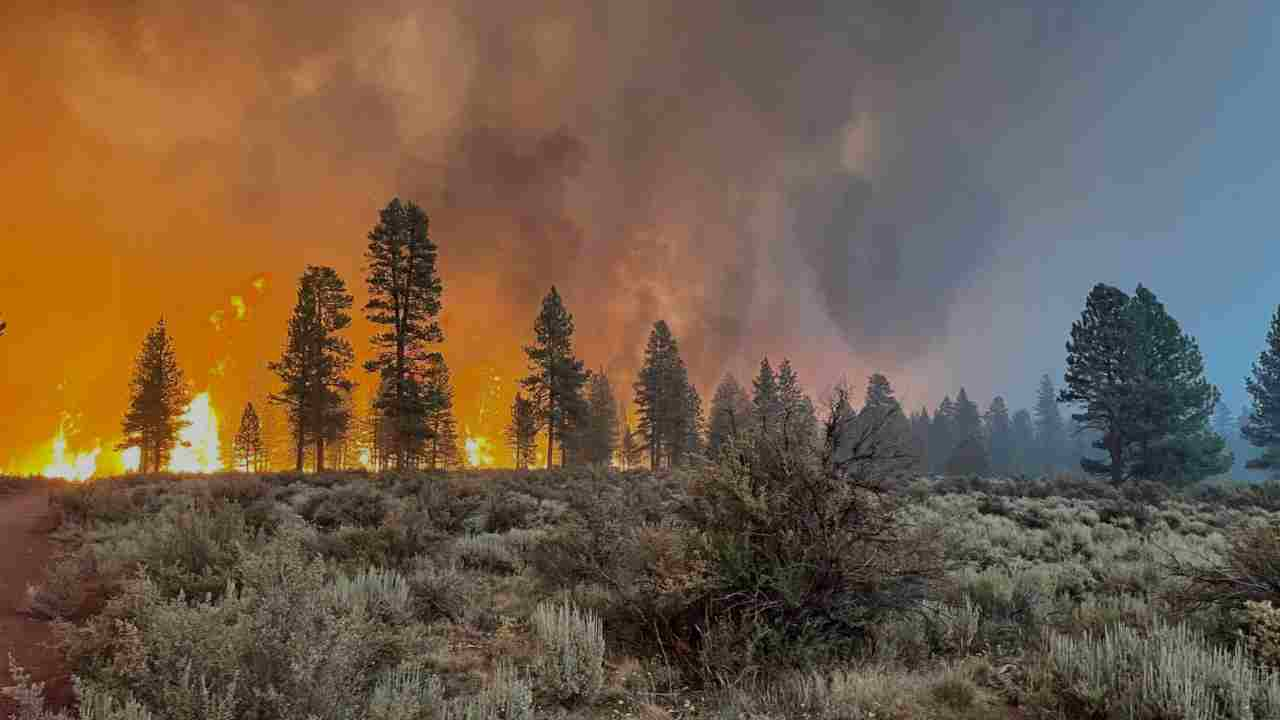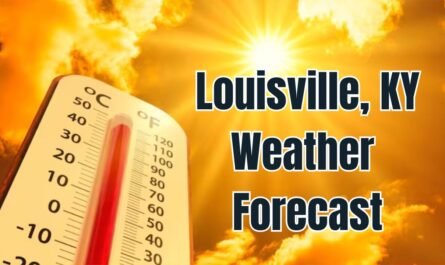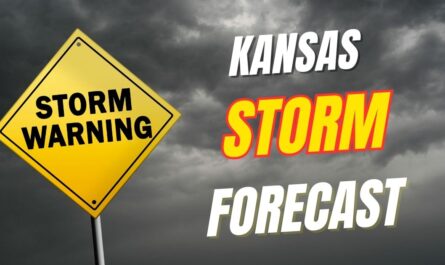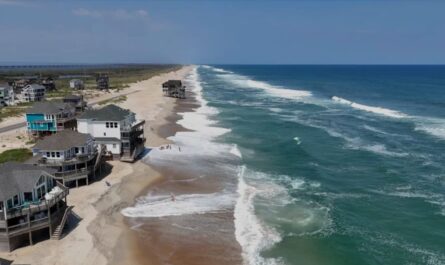San Diego, CA – San Diego County is in for a notable weather shift this week as monsoonal moisture brings higher humidity, possible thunderstorms, and an increased fire risk. At the same time, the Climate Prediction Center has issued a La Niña watch, signaling longer-term changes that could shape California’s upcoming winter.
Monsoonal Moisture Returns to Southern California
According to National Weather Service meteorologist Adam Roser, the region will see a noticeable uptick in monsoonal moisture beginning Thursday.
“By Thursday we’re going to start to increase the monsoonal moisture across the area. It’s been pretty quiet the last couple months, but it looks like we’re going to see a change now,” Roser explained.
So, what exactly is monsoonal moisture? Roser says it occurs when an area of high pressure develops over the desert Southwest, pulling tropical moisture northward from Mexico and Central America into the region. This increased humidity can fuel thunderstorms, rainfall, and higher overall temperatures.
What It Means for San Diego County
For San Diego County, the return of monsoonal moisture could bring some relief in the form of badly needed rainfall, but it also poses risks.
“So anything that falls can really help this area, any area that sees thunderstorms. Southern California is in a drought,” Roser said.
Thunderstorms are most likely across the mountains and deserts this week, while coastal areas will mainly see humidity and warmer weather. But the thunderstorms could also bring dry lightning strikes, which raise the risk of wildfire ignitions.
Elevated Fire Weather Concerns
According to fox5sandiego, Alongside the heat, San Diego will experience elevated fire weather conditions this week. With vegetation still dry and humidity surging, lightning from thunderstorms could spark fires.
“We’ll see an elevated fire weather risk, that always occurs when we get increased heat. Also, that cloud-to-ground lightning of course is not out of the question with those thunderstorms,” Roser warned.
Residents are urged to remain cautious, especially in the mountains and inland valleys where conditions are most hazardous.
La Niña Watch: What It Means for California
Beyond the immediate weather shift, forecasters are looking ahead to the coming winter. The Climate Prediction Center (CPC) has issued a La Niña watch, meaning cooler-than-average sea surface temperatures are developing along the equator in the Pacific Ocean.
“So that means that the temperatures along the equator are going to be cooler than normal, so that drives these different weather conditions, these weather patterns across the entire world,” Roser explained.
For Southern California, La Niña often translates into warmer, drier winters with below-average rainfall. This outlook is concerning because it means fire season could extend well into the winter months.
Read Also: California Heat Wave and Monsoon Storms: What to Expect This Week
“Those Santa Ana winds will start to occur in the fall and especially the winter. Really, that fire season will continue until we get enough rain and moisture to really make the vegetation wetter and more resistant to that fire weather,” Roser added.
Staying Safe During the Heat and Fire Season
With triple-digit inland temperatures possible this week, residents are urged to take precautions. Health officials recommend:
- Staying hydrated by drinking plenty of water throughout the day.
- Avoiding outdoor activity during peak heat hours, especially strenuous exercise like hiking.
- Seeking cool environments such as shaded areas, fans, or air-conditioned spaces.
- Remaining fire-aware by avoiding outdoor burning, staying alert to fire warnings, and reporting any suspicious smoke immediately.
Looking Ahead
While monsoonal moisture could provide short-term relief through scattered rain, the long-term outlook for San Diego County is hotter and drier than normal due to the potential influence of La Niña.
As California continues to grapple with drought and wildfire threats, the upcoming months will be critical for residents, firefighters, and public officials preparing for extended fire danger into fall and winter.
How are you preparing for the hotter, drier months ahead in San Diego? Share your thoughts and safety tips in the comments on ibwhsmag.com.


 by
by 

